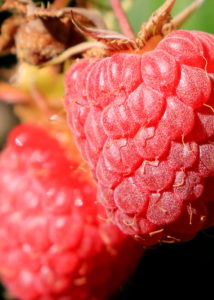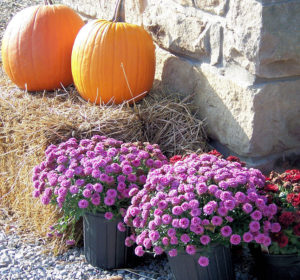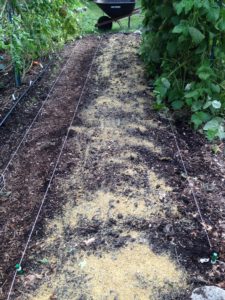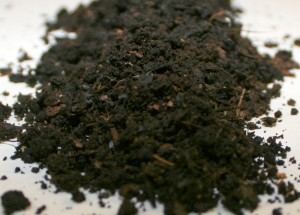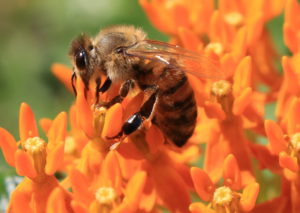
Honey bee on Butterflyweed (Asclepias tuberosa)
Butterflyweed, or Asclepias tuberosa, is great for pollinators and a required host for Monarch butterflies, whose caterpillars eat the toxic plant as a way to protect themselves from predators.
Many other pollinators, including native solitary bees, flock to the showy orange flowers as well.
They can be grown from seed very, very, easily. Or, if you prefer, you can grow them only moderately easily if you want to watch it grow indoors or plant in a very specific location. Continue reading

